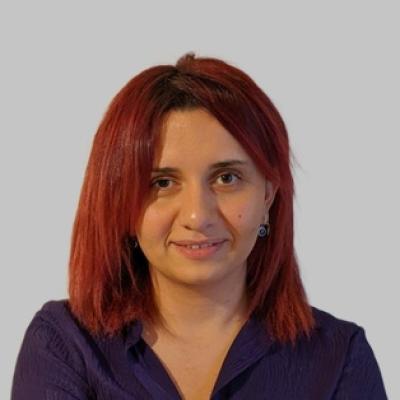- Tóth Kálmán u. 4., 1097 Budapest HUNGARY
- +36 1 309 2651
- lab@anet.krtk.mta.hu
- @AnetiLabs

Ketevani Kapanadze (CERGE-EI): Bring Together What Belongs Together: The Case of Divided Cities in Europe
Abstract | Do spatial concentrations of economic activities have deep historical roots in Europe? This paper explores a unique quasi-natural experiment of opening borders within cities that were historically a single urban entity and were divided due to border shifts following major historical conflicts. After inter-city borders were opened, I find that local economic activities, measured by remotely sensed nightlight, became more concentrated close to the pre-division city centers. This raises an important question: what type of border opening is more important in spurring agglomeration, the free movement of goods or of people? When looking into potential mechanisms behind the impact, using national business register databases, I find that proximity to former historical centers is more prominent, particularly after allowance of the free movement of people as a part of the Schengen agreement in 2008, whereas gaining broader market access following the 2004 EU enlargement is less important. I account for two main channels. First, I show that firms in the consumption sectors are more exposed to the free movement of people and are more likely to start operating closer to historical city centers than are firms in the production sectors, which are less affected by local market potentials. Second, I show that cities in which cultural and language differences are not barriers to cross-border cooperation are more influenced by the free movement of people than cities where these barriers still exist. Hence, spatial agglomerations near pre-division city centers are more apparent in almost "borderless" cities.
Bio | Ketevani Kapanadze is a Ph.D. candidate at CERGE-EI and has recently joined the Faculty of Law, Economics Deparment of Charles University as an Assistant professor (non-tenure) - Postdoctoral researcher. She is a CERGE-EI Foundation Teaching Fellow (NY, USA) and a team member of the National Institute for Research on the Socioeconomic Impacts of Disease and Systemic Risks (SYRI). Her research interests lie at the intersection of economic geography, urban & regional economics and European integration. She works with large datasets and employ modern techniques to crawl data and create databases from open sources and uses remotely sensed images and unconventional data sources in economic analysis.